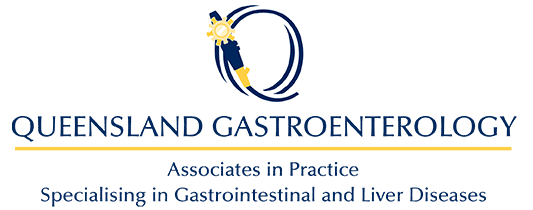ERCP (Endoscopic retrograde cholangiopancreatography)
An ERCP (Endoscopic retrograde cholangiopancreatography) is a procedure used by our highly skilled gastroenterologists to diagnose possible disorders of the pancreas and bile duct system.
Bile is made in the liver and stored in the gallbladder until food is eaten. Bile is then discharged into the cystic bile duct and travels to the common bile duct. The pancreas produces digestive enzymes that flow into the common bile duct. Together, bile and the pancreatic digestive enzymes travel through the ampulla (the point at which the common bile duct meets the duodenum) and into the duodenum to help digestion.
Conditions that affect this system include:
- Obstruction of the bile duct and pancreatic duct by gallstones, pancreatic stones, tumours or scar tissue.
- Primary sclerosing cholangitis
- Narrowing (stricture) of the ducts
- Chronic pancreatitis (inflamed pancreas)
- Pancreas divisum
- Cancer of the pancreas, ampulla or bile duct.
What happens during an ERCP?
During the ERCP procedure, your surgeon will insert an endoscope into your mouth and guide it down the oesophagus and through the duodenum to the papilla. Puffs of air may be introduced through the endoscope to provide your surgeon with a better view. Due to this, you may have a full feeling.
Once the surgeon can see the ampulla, a small plastic tube (catheter) is threaded through the inside of the endoscope. A dye is then injected into the duct system, and X-ray films are taken. If any abnormal tissue is found, your surgeon may administer various treatments through the endoscope.
ERCP – Biopsy Of Abnormal Tissue:
If your surgeon sees abnormal or suspicious tissue, a biopsy (a small piece of tissue) may be taken by forceps applied through the endoscope. This biopsy is painless. The tissue is sent to a pathologist for examination under a microscope. You will receive the results of this examination in about one to two weeks. If your surgeon takes a biopsy, it does not mean that cancer is necessarily suspected because biopsies may be taken for many reasons.
ERCP – Strictures:
Strictures are a narrowing of the ducts or other passages of the GI tract. They are due mainly to the growth of scar tissue or cancer. A stricture may be treated by stretching the tissue from the inside using an inflatable balloon, a “bougie” (tapered plastic tube) or other device. In some cases, a stent (an expandable tube made of metal or plastic) can be passed through the endoscope and inserted to widen a stricture. A biopsy may be needed to diagnose the cause of the stricture.
ERCP – Removal Of Stones:
If a gallstone or pancreatic stone is found during ERCP, it often can be removed through the endoscope. Forceps are passed through the endoscope and a small cut is made to open up the papilla. A second device is passed through the endoscope to remove the stone. Electrocautery is applied to the papilla to stop any bleeding.
Understanding ERCP (Endoscopic Retrograde Cholangiopancreatography) Video – Source: The National Pancreas Foundation
How should I prepare for ERCP procedure?
For the ERCP procedure, you should have nothing to eat or drink, not even water, usually six hours before the examination. Your doctor will tell you when to start this fasting.
What about my current medications or allergies?
Please advise Queensland Gastroenterology of all medications prior to your ERCP procedure.

